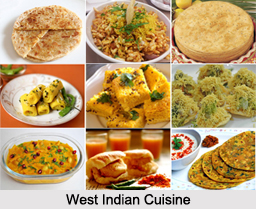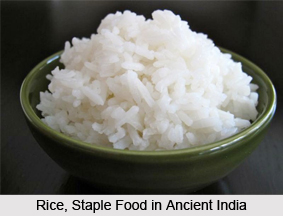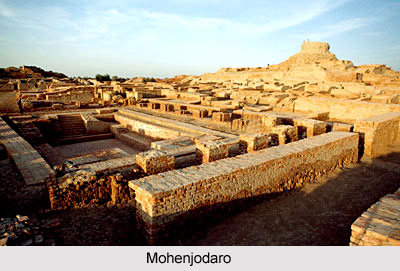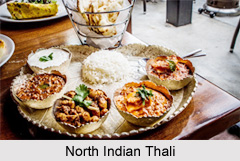 Nutmeg is available from a tree that in an area of Indonesia that is known as the Spice Islands. The fruit that grows is the Nutmeg seed. The seed has a yellow fruit inside and when it is cut in half there is a red covering inside. Under that there is a nut, which is the actual nutmeg. There are various uses of nutmeg that makes the product a useful one in day to day life. It is used for various purposes like health benefits, essential oils, preparation of food etc.
Nutmeg is available from a tree that in an area of Indonesia that is known as the Spice Islands. The fruit that grows is the Nutmeg seed. The seed has a yellow fruit inside and when it is cut in half there is a red covering inside. Under that there is a nut, which is the actual nutmeg. There are various uses of nutmeg that makes the product a useful one in day to day life. It is used for various purposes like health benefits, essential oils, preparation of food etc.
The spice also has some health benefits as well. It can be used to keep away boils, broken bones and rheumatism. There was a common belief that the spice could keep the plague away during Elizabethan times and became a very highly valuable. It is also used to treat conditions such as gastroenteritis, dysentery, vomiting, indigestion and bloating. It can be found in applications of Ayurvedic medicine to treat many digestive conditions, premature ejaculation and urinary incontinence. It can help with the treatment of arthritis, neuralgia, muscle pain and poor circulation.
Nutmeg is well known as an addition to sweet recipes like Puddings and Pies. It can also be used on meat dishes for an extra added flavour. It is used for cooking of vegetables and Cheese dishes. Nutmeg and Mace have similar taste qualities with Nutmeg having a slightly sweeter taste. In Indian cuisine, Nutmeg is used sweets as well as savoury dishes (mostly in Mughlai cuisine). It is known as Jaiphal in most parts of India and as Jatipatri and Jathi seed in Kerala. It may also be used in small quantities in Garam Masala. Various other commercial products are also produced from this tree like Essential Oils, Extracted Oleoresins, and Nutmeg Butter etc.
The essential oil is obtained by the steam distillation of ground nutmeg and is used in the perfumery and pharmaceutical industries. The oil is colourless or light yellow, and smells and tastes like nutmeg and is used as natural food flavouring in baked goods, syrups, beverages, and sweets. The essential oil is also used in the cosmetic and pharmaceutical industries like toothpaste, and as a major ingredient in some cough syrups. In traditional medicine nutmeg and nutmeg oil were used for illnesses related to the nervous and digestive systems. Nutmeg butter is obtained from the nut by expression. It is semi-solid, reddish brown in colour, and tastes and smells like nutmeg. This can be mixed with other fats like cottonseed oil or palm oil, and has applications as an industrial lubricant.
Like other Indian herbs and spices nutmeg also has varied health benefits but most of them are not tested yet. In the earlier times it was used for almost everything from stomach cramps to a cure for the plague. Studies reveal that it helps in low blood pressure and soothing for stomach ache, stop diarrhoea and also helps to detoxify the body. The Nutmeg oil is also use to stimulate the brain - it relieves stress and stimulates mental activity. Nutmeg also posses anti-inflammatory properties and can be used to treat joint and muscle pain. The oil works well for this when it is massaged into the affected area. It is an integral herb in Chinese medicine where it is used for stomach pain and inflammation as well as reducing joint swelling. Nutmeg oil is also a good herb for the kidney, helping it dissolve kidney stones as well as relieve infections. Nutmeg is also used for respiratory problems such as cough from the common cold. Hence, it can be seen that nutmeg can be used both in health matter and adding up spice in food preparation.



